You rush to the bank during lunch break. Twenty minutes in line for a two-minute transfer. Then they hit you with another surprise fee. Sound familiar?
Your time is worth money. Yet traditional banks waste both every single day. While you’re stuck in outdated banking routines, millions of smart people have already switched.
Digital banks just put your entire financial life in your pocket. No fees. No waiting. No frustration. Here’s why mobile banking is crushing the competition.
Digital Banking vs Traditional Banks

Digital banks and traditional banks work very differently. Digital banks live on your phone, while traditional banks need you to visit their buildings.
Here are the main differences:
- Location: Digital banks exist only online and in apps. Traditional banks have physical branches you can visit.
- Fees: Most digital banks charge no monthly fees. Traditional banks often charge $10-15 per month just to have an account.
- Hours: Digital banks work 24/7. Traditional banks close at 5 PM and on weekends.
- Speed: Digital banks process transactions instantly. Traditional banks can take 2-3 days for transfers.
- Interest rates: Digital banks pay 4-5% on savings. Traditional banks pay almost nothing (usually 0.01-0.4%).
- Setup time: Digital banks let you open accounts in 5 minutes. Traditional banks require branch visits and paperwork.
- ATM access: Digital banks partner with ATM networks or charge refund fees. Traditional banks have their ATMs, but charge for others.
- Customer service: Digital banks use chat and phone support. Traditional banks offer face-to-face help, but with limited hours.
Why Mobile-First is Winning?
Mobile banking puts your entire bank in your pocket. This changes everything about how people handle money.
1. You Can Bank Anywhere, Anytime

Your phone never closes. Your digital bank doesn’t either.
Think about your last bank visit. You probably waited 20 minutes for something that took 2 minutes to fix. With mobile banking, you skip all that waste.
You can check your balance while drinking coffee. Transfer money while riding the bus. Pay bills while watching TV. Deposit checks from your couch using your camera.
This matters more than you think. When you need to send money fast, you don’t have time to drive to a bank. When your card gets declined at dinner, you want to fix it right then.
Traditional banks force you to plan your banking around their schedule. Mobile banks work around you. That’s a huge difference when life gets busy.
No more rushing to beat closing time. No more waiting for Monday when something breaks on Friday. Your money is always available when you need it most.
2. Your Phone Becomes Your Wallet

Mobile banking replaces almost everything in your physical wallet. Your phone can do what used to need multiple items.
Need to pay someone? Send money instantly through the app. No cash, no checks, no waiting. Want to split a dinner bill? Everyone can pay their share in seconds.
Your digital bank card lives in your phone, too. Many stores let you pay by tapping your phone. Some coffee shops remember your payment method, so you just scan and go.
You can also deposit checks by taking pictures. No special trips to ATMs or banks. The money shows up in your account the same day, sometimes in minutes.
This cuts down on the stuff you carry. Less worry about losing your wallet or forgetting cash. Everything important is in the device you already carry everywhere.
The convenience adds up over time. Small daily tasks become effortless. You spend less time on money management and more time on things that matter.
3. Lower Costs Mean More Money for You
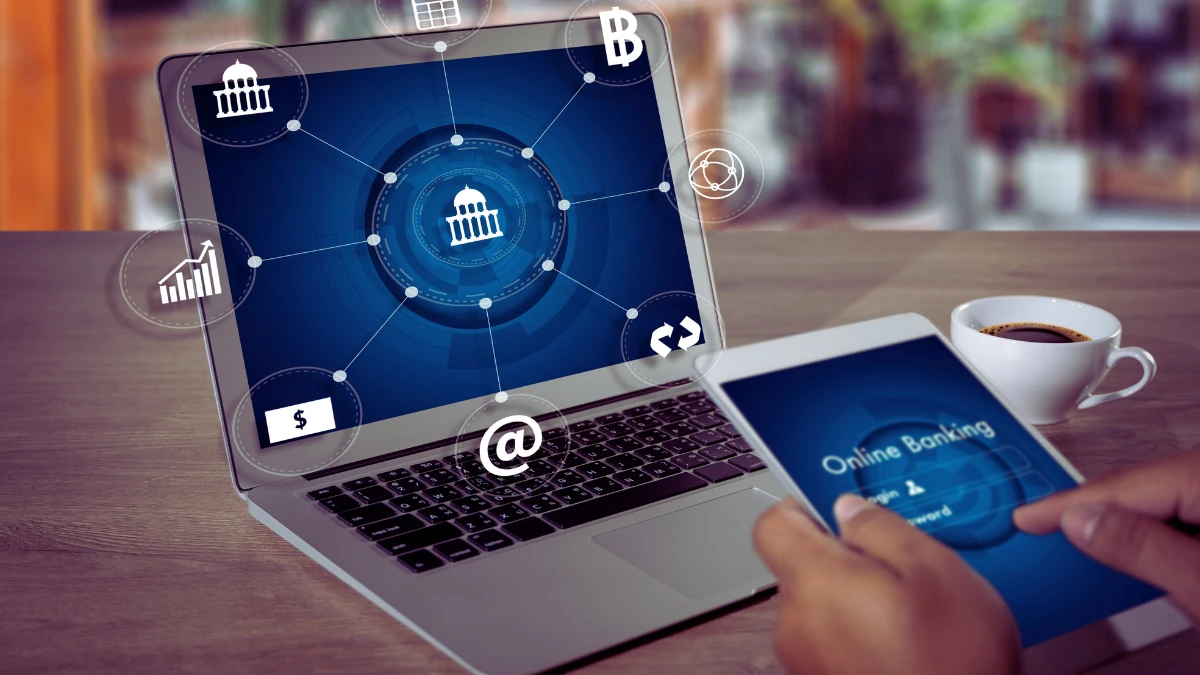
Digital banks don’t pay rent on fancy buildings. They don’t hire tellers or security guards. This saves them millions of dollars every year.
Those savings go straight to you. Most digital banks charge zero monthly fees. Zero overdraft fees. Zero minimum balance requirements. Traditional banks charge for all of these things.
The interest rate difference is huge, too. If you keep $10,000 in savings, a traditional bank pays you about $40 per year. A digital bank pays you $400-500 per year. That’s $460 extra in your pocket.
Digital banks also refund ATM fees. Use any ATM anywhere and get your money back. Traditional banks charge $3-5 every time you use a “foreign” ATM.
International fees disappear, too. Send money to other countries without paying $25-50 in fees. Your money goes further when you travel.
These cost savings are real money. Over five years, switching to a digital bank can save you thousands of dollars in fees alone.
4. Apps Built for Your Phone, Not Copied from Computers
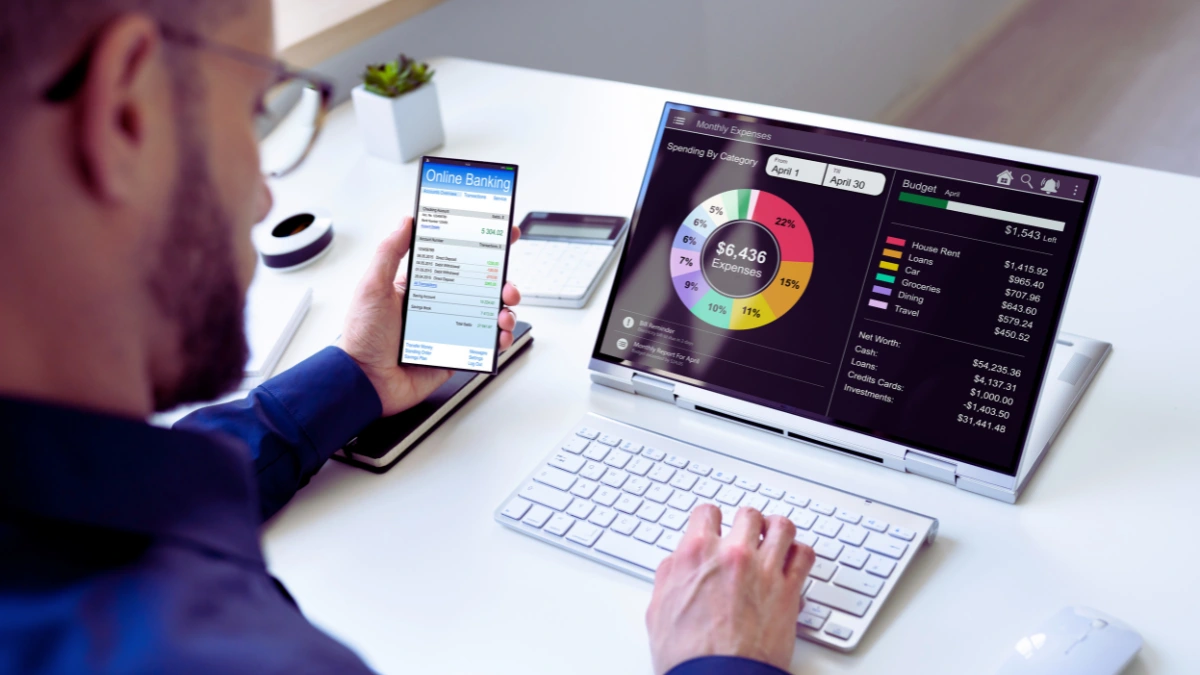
Traditional bank apps feel clunky because they started as websites. Digital bank apps were built for phones from day one.
Everything is bigger, clearer, and easier to tap. You can find what you need in two taps instead of digging through menus. The most common tasks sit right on the main screen.
The apps load faster, too. Digital banks use modern technology that works better on phones. Traditional banks run on old computer systems that struggle with mobile demands.
Updates happen constantly. Digital banks add new features every few weeks. They fix problems within days, not months. Traditional banks update their apps maybe twice per year.
The design makes sense for how people use phones. You can do complex banking tasks with one hand while holding coffee with the other. Everything flows naturally from one screen to the next.
This isn’t just about looking pretty. Better design means less confusion, fewer mistakes, and faster results. You get what you need without fighting the app.
5. Your Bank Knows What You Need Before You Do

Digital banks watch how you spend money and learn your patterns. This helps them give you useful advice instead of generic tips.
Your app might notice you spend $200 every month at grocery stores. It can set up automatic savings to build an emergency fund. Or warn you when you’re spending more than usual.
Some apps categorize your spending automatically. You can see exactly how much goes to restaurants, gas, or subscriptions. No manual work needed.
The bank can also spot problems early. If someone steals your card information, you get a text in seconds. You can freeze your card instantly from the app.
Smart notifications help you avoid fees, too. Low balance warnings come before you overdraw. Bill reminders prevent late payments.
This personal touch used to require expensive financial advisors. Now your phone does most of the work for free. You make better money decisions because the information is always current and relevant.
6. New Features Arrive Constantly
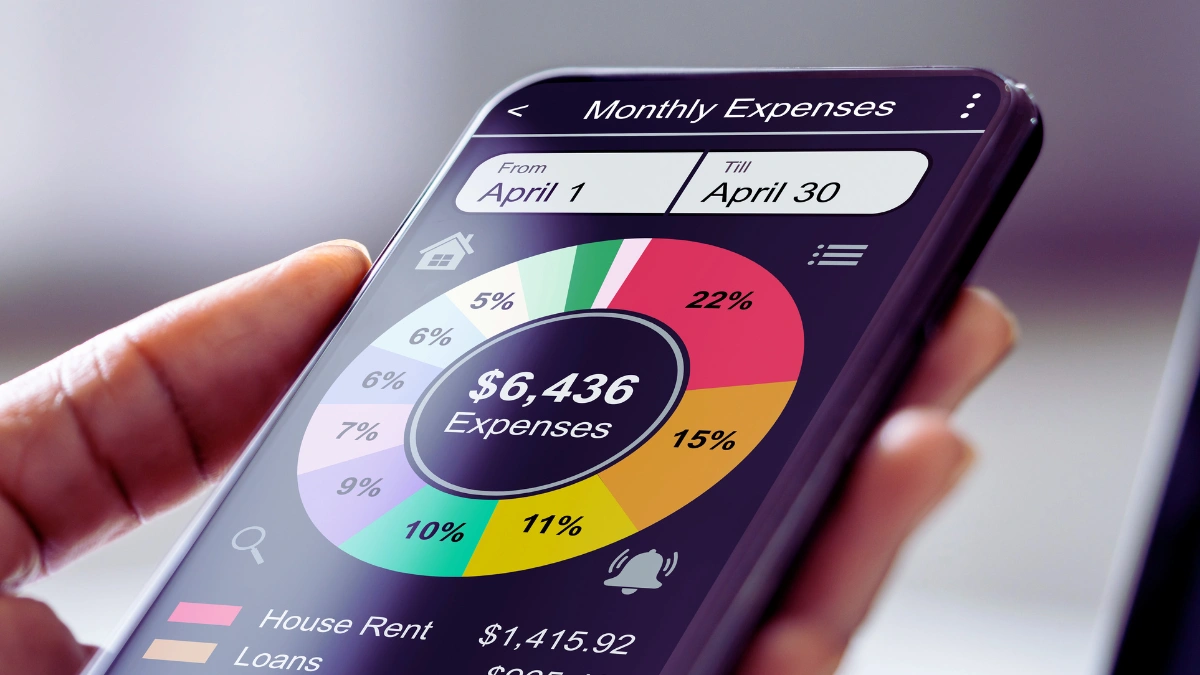
Digital banks move fast. They add new tools every month because they don’t have old computer systems slowing them down.
One month, you might get automatic bill pay. The next month brings better budgeting tools. The month after that adds investment options. Traditional banks take years to roll out similar features.
Digital banks also partner with other apps you already use. Connect your bank to your favorite budgeting app, tax software, or investment platform. Everything works together instead of fighting each other.
Customer requests get heard quickly, too. If enough people ask for a feature, it often appears within weeks. Traditional banks have committees and approval processes that take months or years.
This constant improvement means your banking gets better over time. You’re not stuck with the same tools forever. The bank grows with your changing needs.
Beta testing lets you try new features first. You can help shape how new tools work before everyone else gets them. Your feedback matters.
7. Security That Actually Works
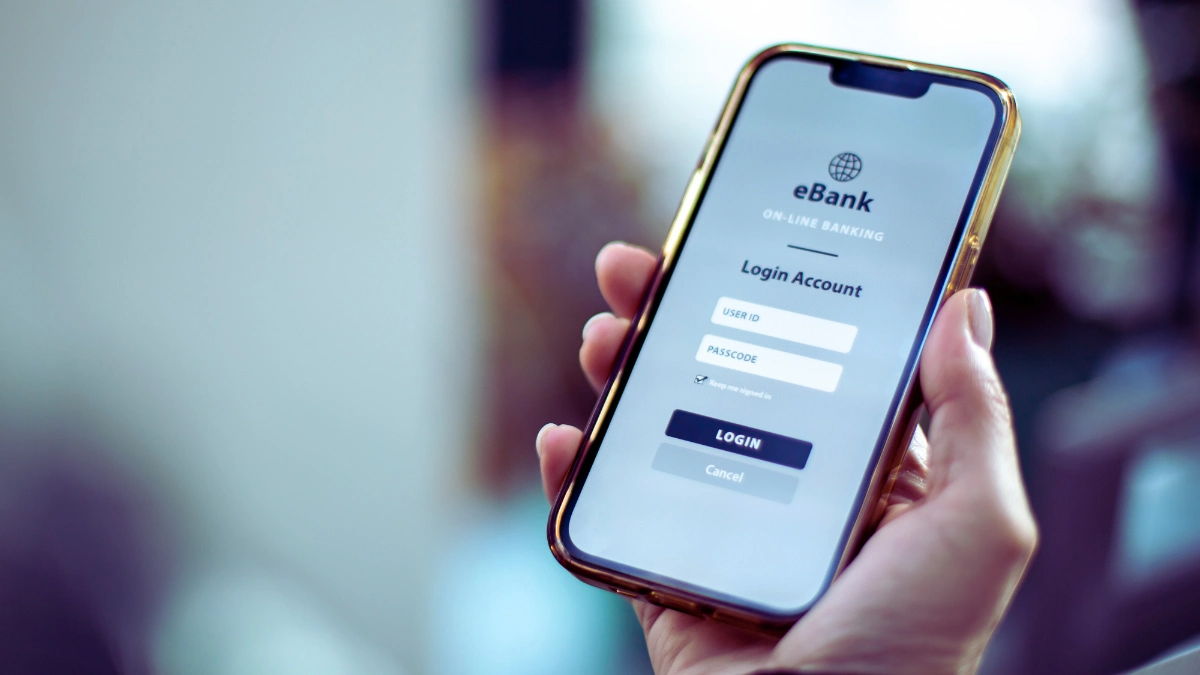
Mobile banking uses your fingerprint or face to log in. This is much safer than typing passwords that hackers can steal.
Your phone locks automatically when you’re not using it. Bank websites on computers stay open if you forget to log out. Someone could walk by and access your money.
Digital banks also freeze suspicious activity instantly. Their computers watch for unusual spending patterns 24/7. Traditional banks might not notice fraud for days.
You control security settings from your phone. Turn off international purchases when you’re not traveling. Set spending limits for online shopping. Block your card instantly if it goes missing.
Two-factor authentication adds another layer of protection. Even if someone steals your password, they can’t get in without your phone.
Digital banks invest heavily in cybersecurity because their reputation depends on it. They use bank-level encryption and hire top security experts. Your money is as safe as it would be at any major bank.
Why Traditional Banks Struggle (and How They’re Responding)

Old banks face serious problems that make competing with digital banks very hard:
- Old computer systems: Their technology is 20-30 years old and costs millions to update
- Expensive buildings: Rent, utilities, and staff for thousands of branches cost billions per year
- Slow decision-making: Changes require approval from many departments and take months
- High fees depend on captive customers: They need fee income to pay for branches
- Resistance to change: Many employees and executives don’t want to abandon old methods
How Traditional Banks Are Fighting Back?

Big banks know they’re losing customers. They’re spending billions trying to catch up, but it’s not easy.
Many banks are closing branches to cut costs. Bank of America closed over 200 locations last year. Wells Fargo shut down even more. The money saved goes toward better apps and lower fees.
Some banks created separate digital brands. These new banks work more like startups, with modern technology and lower costs. But they still compete with their parent company’s main business.
Partnerships with technology companies help too. Banks buy software from fintech companies instead of building everything themselves. This speeds up development but costs more.
The biggest banks are hiring thousands of programmers and designers. They’re trying to rebuild their apps from scratch. But this takes years and costs billions of dollars.
A few banks now offer competitive interest rates and lower fees. They’re copying what digital banks do best. But they still can’t match the speed and innovation of companies built for mobile-first banking.
The truth is, most traditional banks will survive by serving different customers. Business banking, mortgages, and complex financial planning still work better with human help.
Is Mobile-First “Winning” Absolutely?
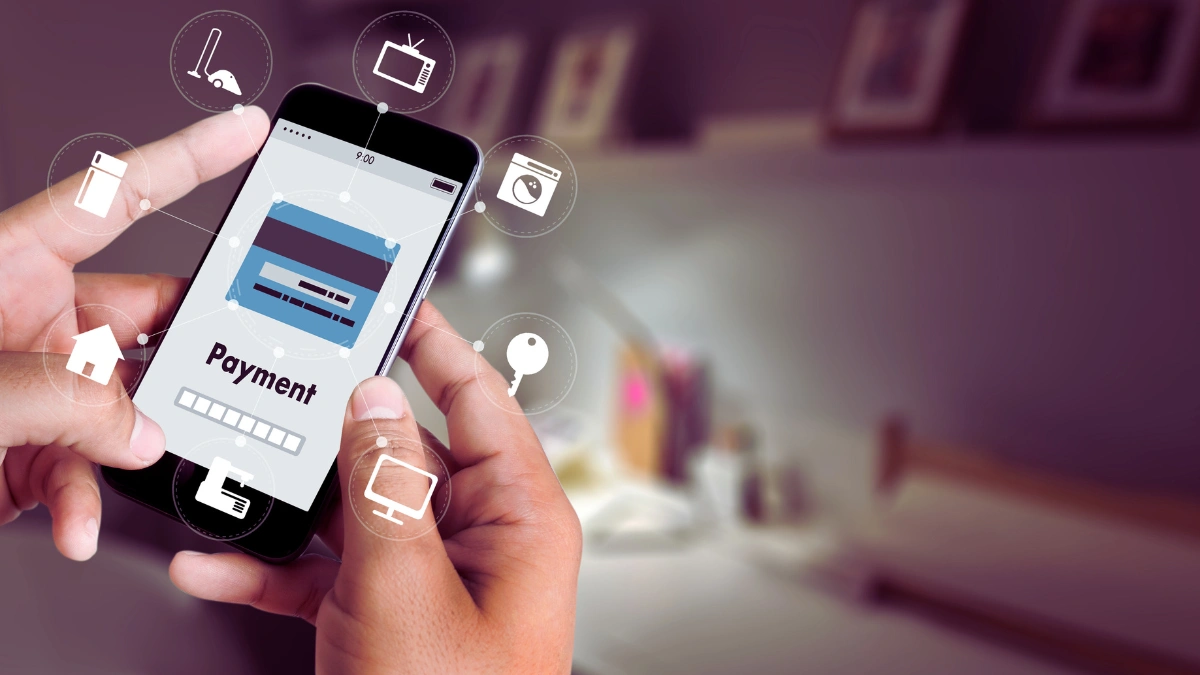
Mobile banking dominates for everyday money tasks. But it’s not perfect for everyone or every situation.
Some things still work better at traditional banks:
- Complex loans: Mortgages and business loans often need human expertise and multiple meetings
- Large cash transactions: Depositing thousands in cash requires a physical location
- Older customers: Many people over 60 prefer talking to humans for important financial decisions
- Small businesses need: Payroll, merchant services, and business lines of credit work better with relationship banking
- Investment advice: Complex portfolios benefit from face-to-face financial planning
- Trust and familiarity: Some people feel safer with banks that their families have used for generations
The future probably isn’t pure digital or pure traditional. Smart banks will combine the best of both worlds. Quick mobile apps for daily tasks, but human experts available when you need them.
Most young people will choose mobile-first banking for their primary accounts. But they might still use traditional banks for mortgages or business needs. The winners will be banks that make both experiences work together seamlessly.

